
How can Props train to become faster?
Speed is a massive part of playing rugby. Being quick on your feet can be the difference between scoring, making a timely tackle, or reaching
They’re the heart and soul of a rugby team. The forwards win the ball, retain the ball and offer it up on a platter for the guys out wide. Yes that’s right, this archive has everything you’ll need to be a better forward in rugby. Plenty of forward-specific concepts that will get you scrumming, rucking and tackling better than you did yesterday.

Speed is a massive part of playing rugby. Being quick on your feet can be the difference between scoring, making a timely tackle, or reaching
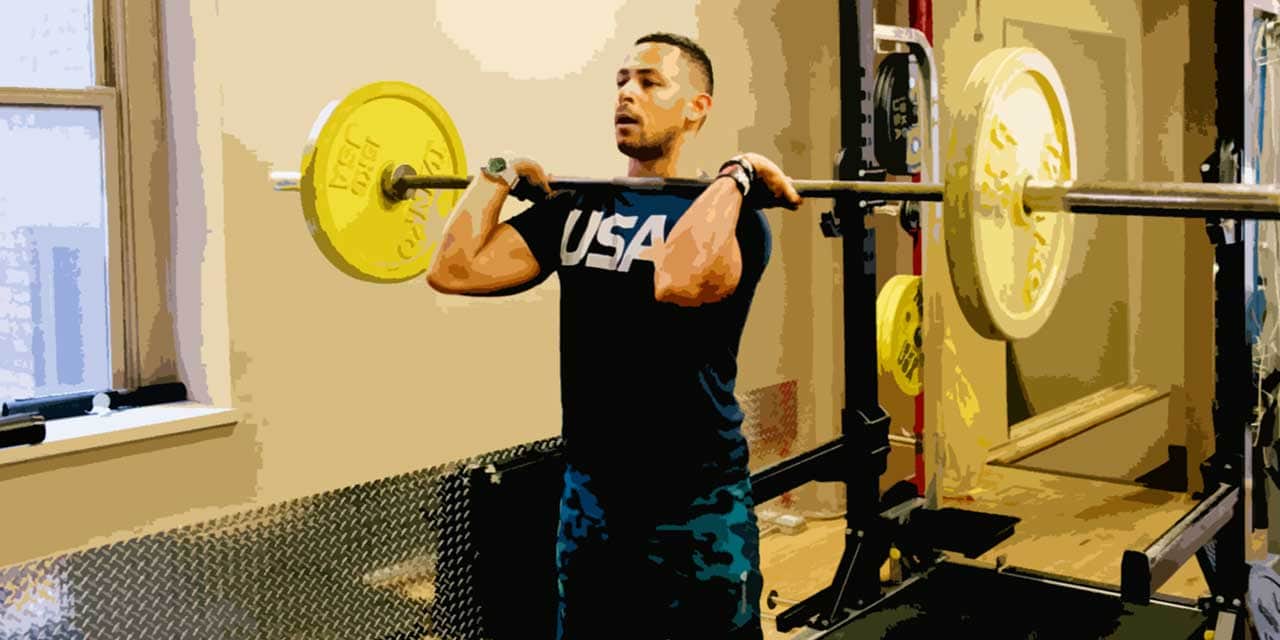
Lineout lifting requires more than just shoulder strength, which is the target muscle group in all overhead pressing exercises. A good lift starts with a powerful leg drive, making lineout lifting a full-body activity.

The new t.me/ruckscience Telegram channel gives rugby players around the world a way to connect and discuss strategies to improve their training and skills sessions.
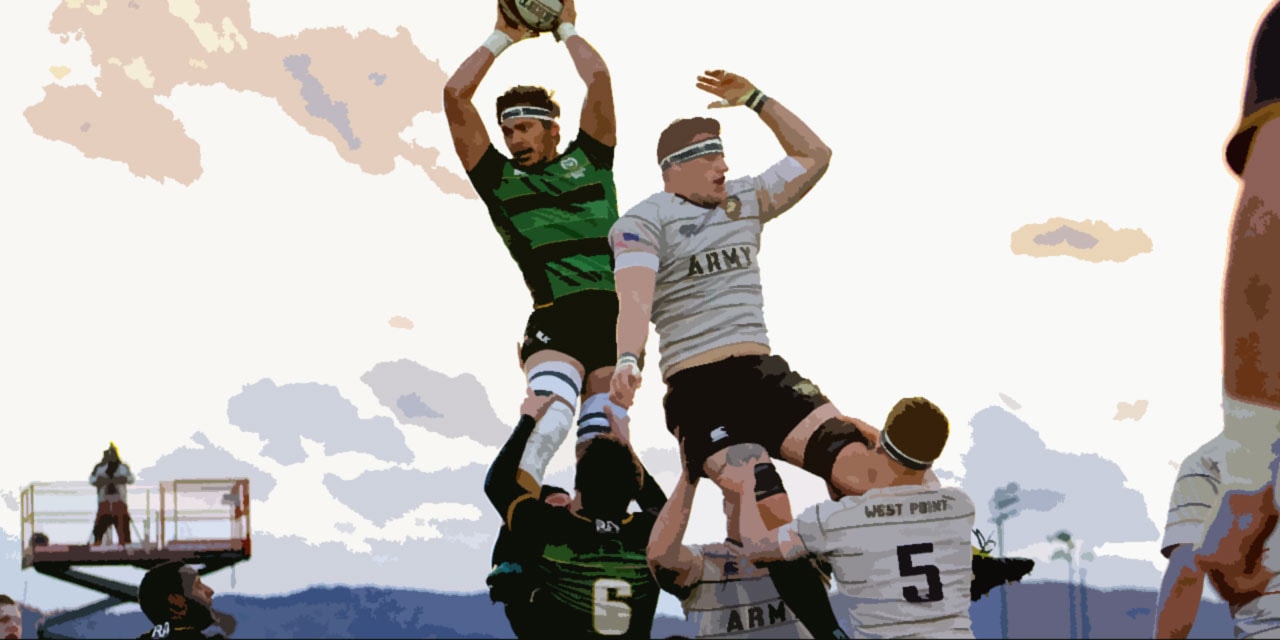
A study has revealed that rugby forwards were three-times more likely to develop non-alcoholic fatty liver disease (NAFLD) than backs. That is a very significant increase in risk and something we should address in our training and diet programs.
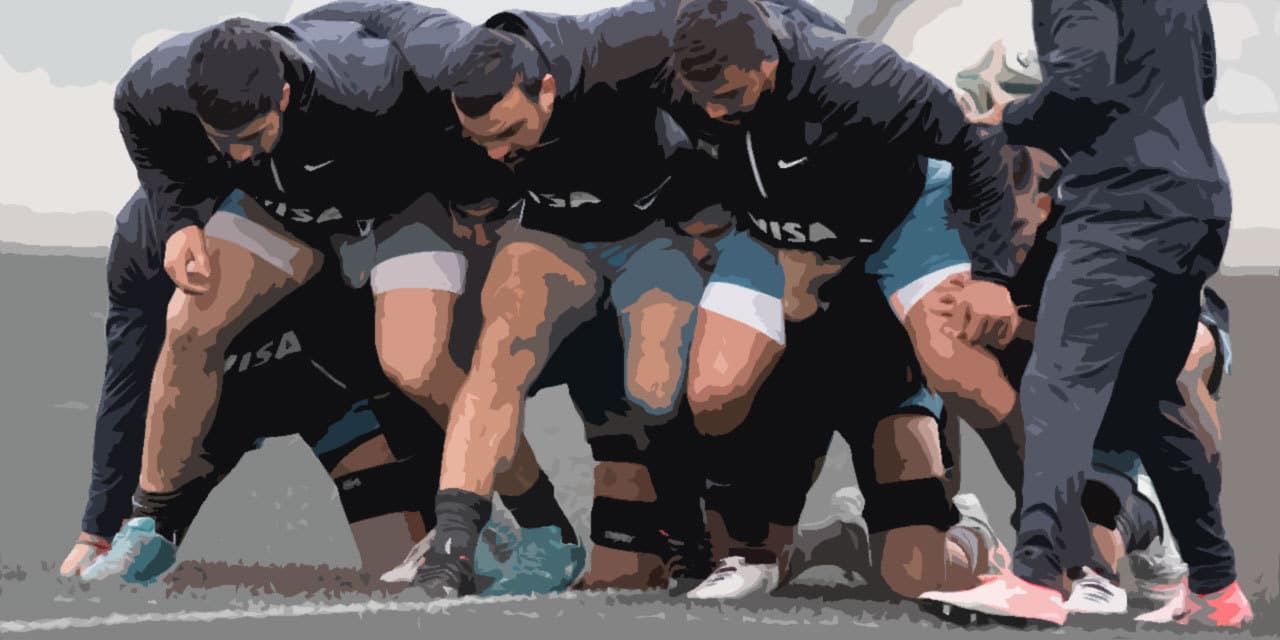
In the third and final session of Scrum Camp, we are going to move from the technical and get more into the finesse of scrummaging.
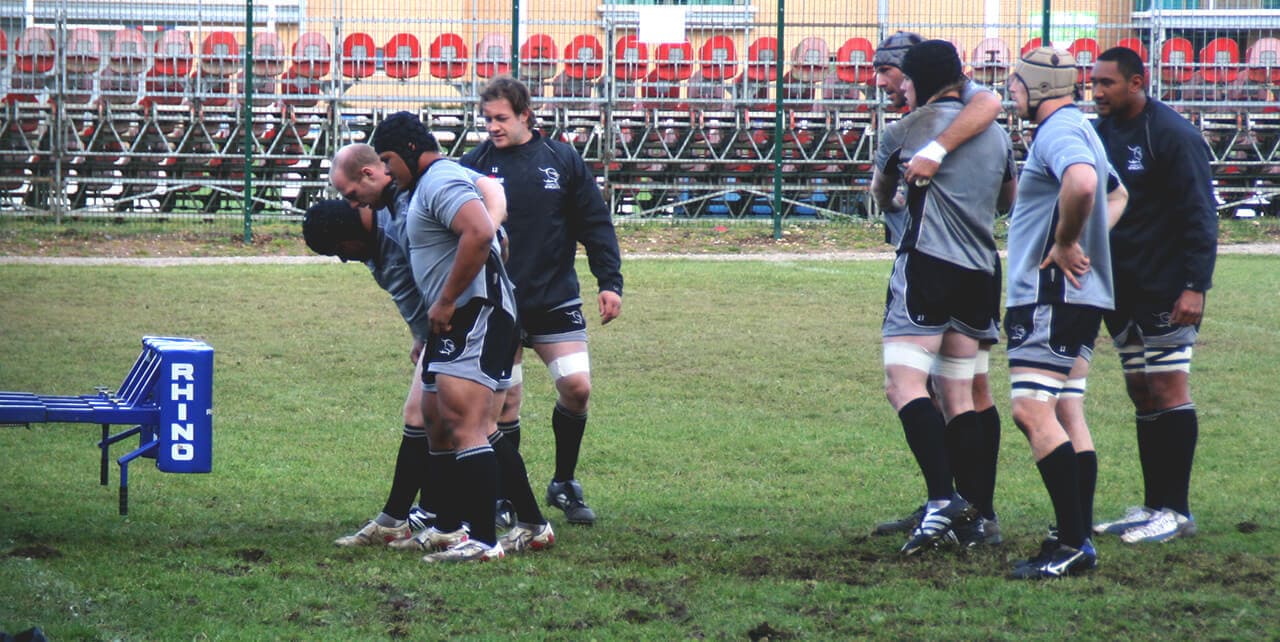
You’ve reached Day 2 of your club’s annual scrum camp. In this section, we’ll cover technique, instruction and how to challenge your players to create leverage at scrum time. Big thanks to Carrick Pell for his help in programming Day 2.
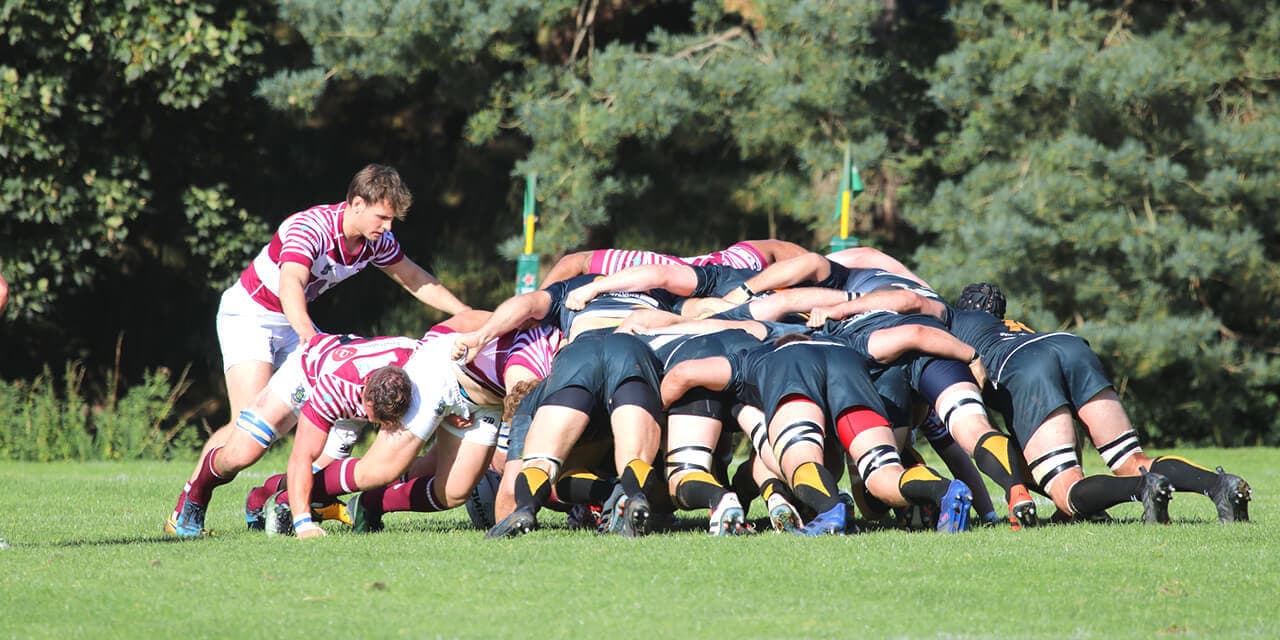
Summer scrum camps are the best way to develop technical knowledge across your entire forward pack. Get ready to Crouch, Bind and Set as Clarke Cayton walks us through Day 1 of summer scrum camp.
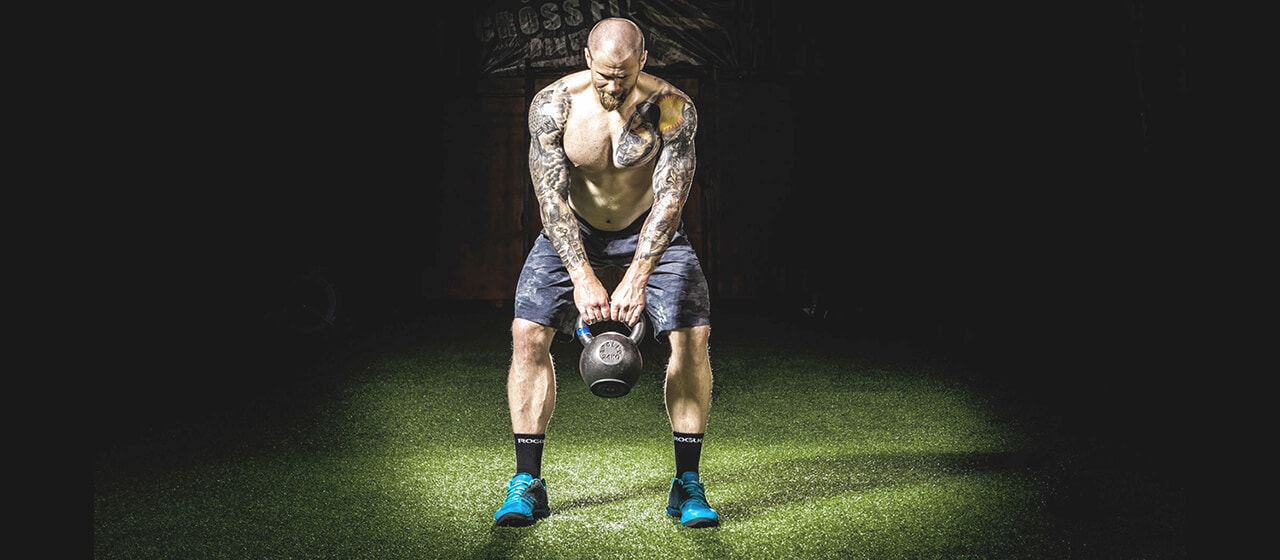
How can lineout lifters incorporate kettlebell exercises into their workouts? Our training team explains the benefit of kettlebells for lineout lifters. But you can also apply many of these same training principles if you’re a scrumhalf, centre or any other positional rugby player.

For props and hookers especially it’s imperative that you have a strong neck and traps to scrummage. Here’s how to build that neck and trap strength for all rugby players. It’s most important for the front-row but all rugby players need strong necks.
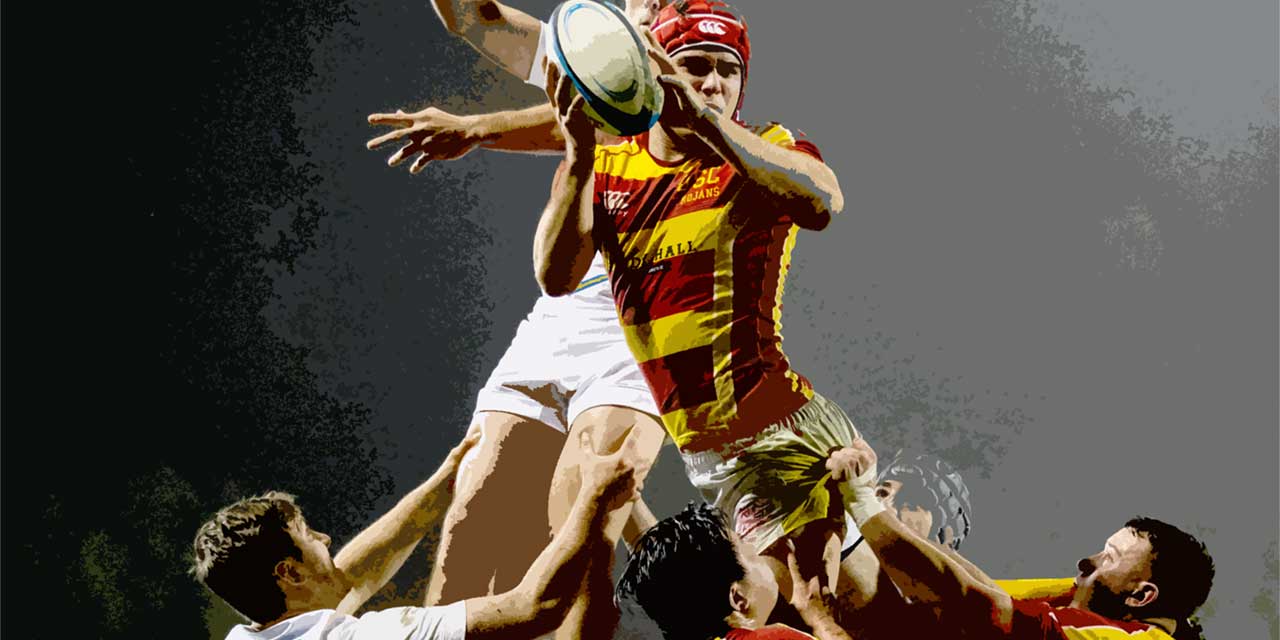
Are you playing in the trenches this year? Locks do a helluva lot of work around the rugby field, and yet seldom get the credit they deserve. This interview by Nick McCashin looks at the Lock position in rugby – with NZ provincial star Keepa Mewett.
The materials and information provided in this presentation, document and/or any other communication (“Communication”) from Ruck Science, LLC or any related entity or person (collectively “Ruck Science”) are strictly for informational purposes only and are not intended for use as diagnosis, prevention or treatment of a health problem or as a substitute for consulting a qualified medical professional. Some of the concepts presented herein may be theoretical.
References to any non-Ruck Science entity, product, service, person or source of information in this or any other Communication should not be considered an endorsement, either direct or implied, by the host, presenter or distributor of the Communication. The host(s), presenter(s) and/or distributor(s) of this Communication are not responsible for the content of any non-Ruck Science internet pages referenced in the Communication. Ruck Science is not liable or responsible for any advice, course of treatment, diagnosis or any other information or services you chose to follow without consulting a qualified medical professional. Before starting any new diet and/or exercise program, always be sure to check with your qualified medical professional. For details of our affiliate program please see our Terms & Conditions. Click here for our Privacy Policy